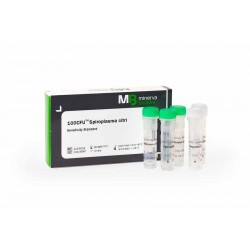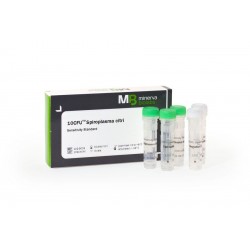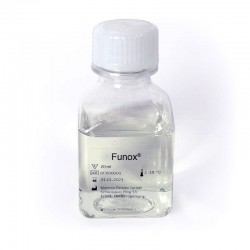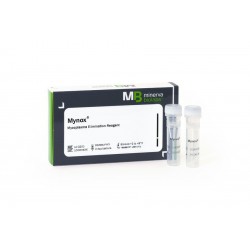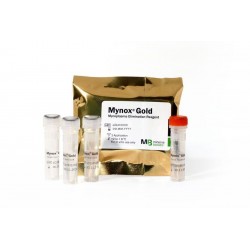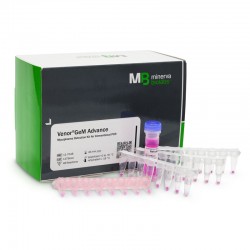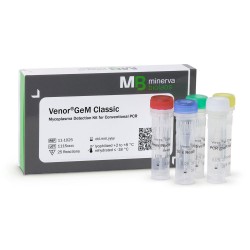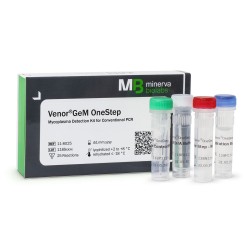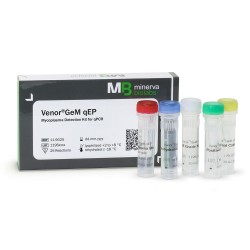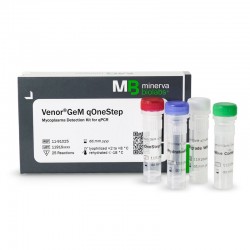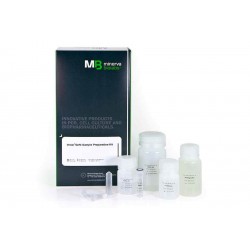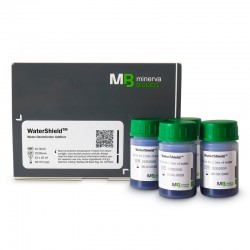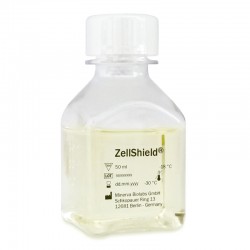Cell Culture Contamination Control
Nowadays, cell cultures are one of the major tools in cellular and molecular biology that provide tremendous model systems for studying the normal physiology and biochemistry of cells. However, the downside is that cell cultures are exceptionally prone to microbial contamination.
In fact, microbial contamination represents a challenging and significant issue for both academic and biopharmaceutical facilities. In a lab, contamination can manifest as viruses, bacteria, fungi or parasitic microorganisms like mycoplasmas. Although prevailing contaminants are usually bacteria, research from the FDA, ATCC, and others show that 5 % - 30 % of all cell cultures today are contaminated with mycoplasma only.
Whilst impossible to completely eliminate contamination, it is certainly possible to decrease its frequency and gravity by carefully analysing the contamination source and applying substantial quality control. This reduces the cost of money, time, and efforts spent in the valuable scientific research. An early detection in the food chain, clinics or the environment is crucial to limit any threat.
Minerva Biolabs offers several rapid assays and solutions to test, detect and control fungal, bacterial or mycoplasma contaminations.
- Our optimally designed PCR-based Detection Kits can be used as an efficient contamination control measure in frequent routine testing of the cell culture materials. Timely decontamination of infected cell cultures will prevent further microbial spreading within the laboratory and further cell lines.
- Our cost effective and reliable disinfectants as sprays and wipes (Mycoplasma OffTM) can be used against microbial growth in incubators, water baths, cell cultures, and culture media.
Note
- Please note that contamination preventive agents should not replace good aseptic practices. Clean and disinfect surfaces, laminar flow cabinets, incubators, water baths and equipment frequently.
- Use of antibiotics should be minimal in cell culture since continuous use stimulates the development of antibiotic resistant strains, thereby allowing contamination to persist and eventually rendering antibiotics useless.
19 products found
Active filters

